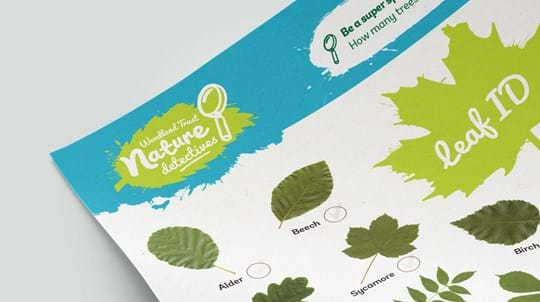
Download
Leaf ID sheet
PDF (1.53 MB)

Content manager
Our printable tree ID guides are a fantastic way to help children learn about trees.
Take them outside and use them in your garden, school grounds or local wood. They cover all four seasons so youngsters can discover how trees change throughout the year. Use them to identify leaves, winter twigs, spring blossom and autumn fruits.
They are also a hands-on way to connect children to our wonderful natural world.
Our popular leaf ID tools feature common British trees and are a great way to introduce youngsters to leaves. There are many ways to use them and they can trigger all sorts of tree-related conversations:
In winter, when trees are bare, it can be tricky to tell them apart, but our twig ID sheet can help. It features pictures of twigs and their buds so you can match them up to the trees you find outdoors.
Many trees flower in spring. Some have masses of frothy blossom, others have furry catkins dangling from their branches. Our blossom ID sheet features common tree flowers and when to spot them. Take it outdoors and see what you can find.
In late summer and autumn you can recognise trees by their fruits, nuts and seed cases. Take our fruits and seeds ID sheet outdoors to see what you can discover.
Looking at a tree's features is a great way for children to develop their observation skills, but tree ID can be a real sensory experience too. Encourage youngsters to explore trees with their hands, nose and ears and they'll learn so much more. What do acorns feel like? What does bark smell like? Can they hear leaves rustling in the breeze?
If your curious kid soaks up stats like a sponge, head to our A-Z of British Trees for heaps more information. It features over 70 tree species found in Britain, from the iconic oak to the conker-bearing horse chestnut. Use the facts, images and videos to find out what trees look like in different seasons and how tall they grow, plus discover fascinating folklore and historical highlights.
Our leaf swatch book is hugely popular with kids and adults alike. It features 30 common British trees and shrubs, with clear photographs to help you identify leaves, flowers, seeds and twigs. The handy size is perfect for children and it tucks neatly into your pocket while you're out exploring nature.
Look at our full range of nature swatch books for help identifying trees, minibeasts, birds and more.
Shop now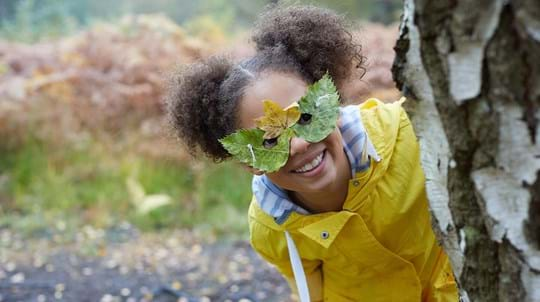
Blog
Danielle Wesley • 09 Oct 2020
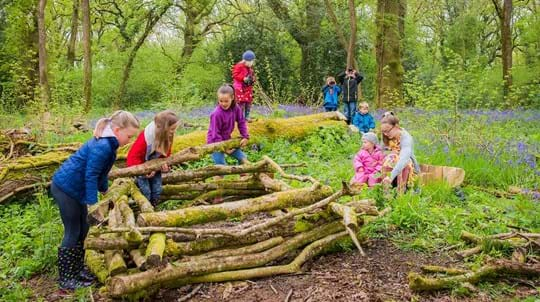
Blog
Danielle Wesley • 04 Nov 2019
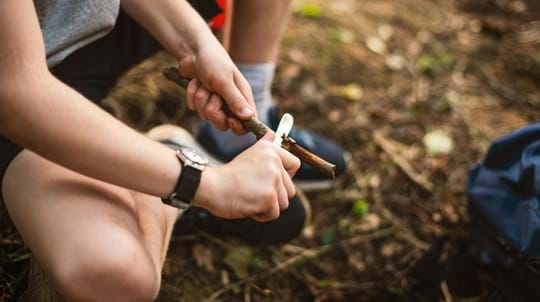
Blog
Rachel Hoskins • 02 May 2019
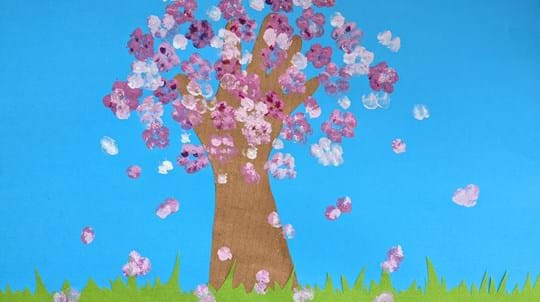
Blog
Danielle Wesley • 11 Mar 2022
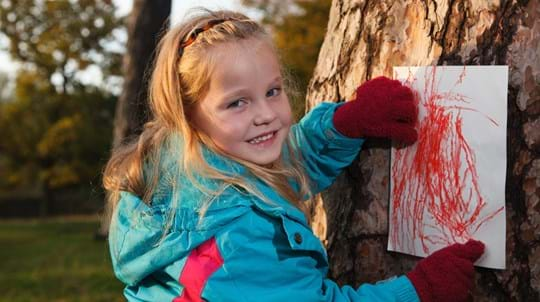
Blog
Danielle Wesley • 21 Nov 2019
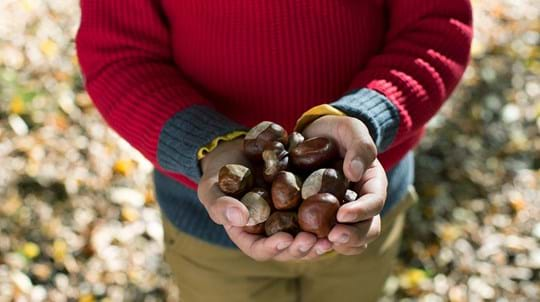
Blog
Danielle Wesley • 27 Sep 2021